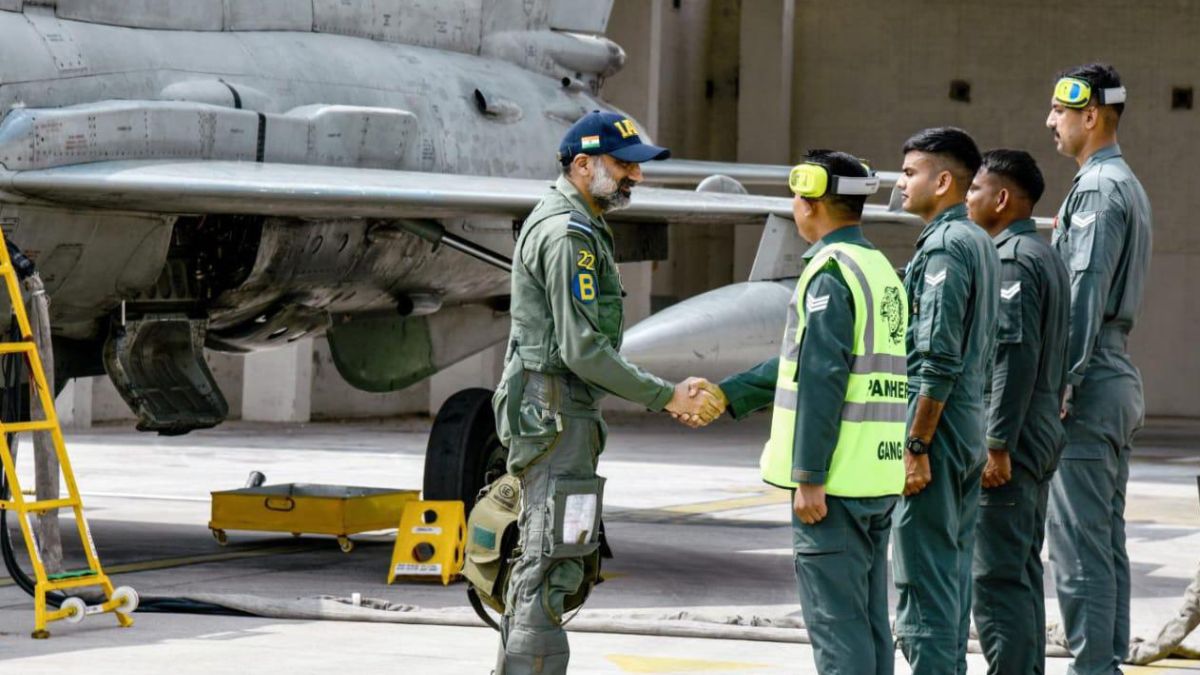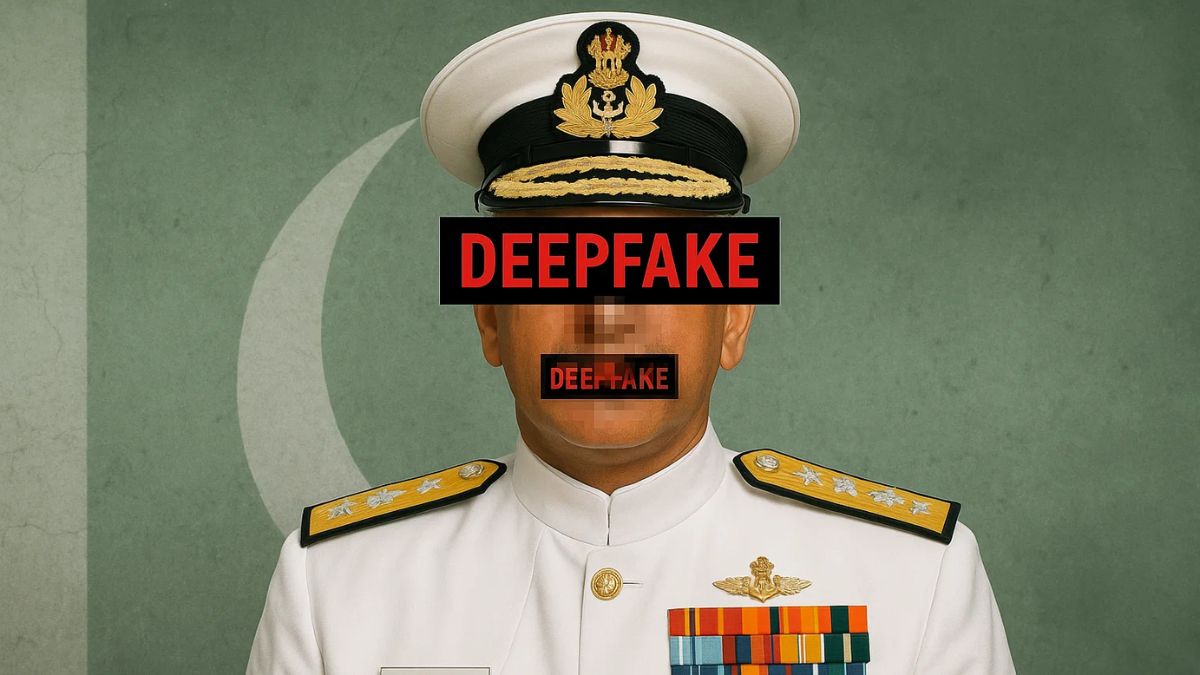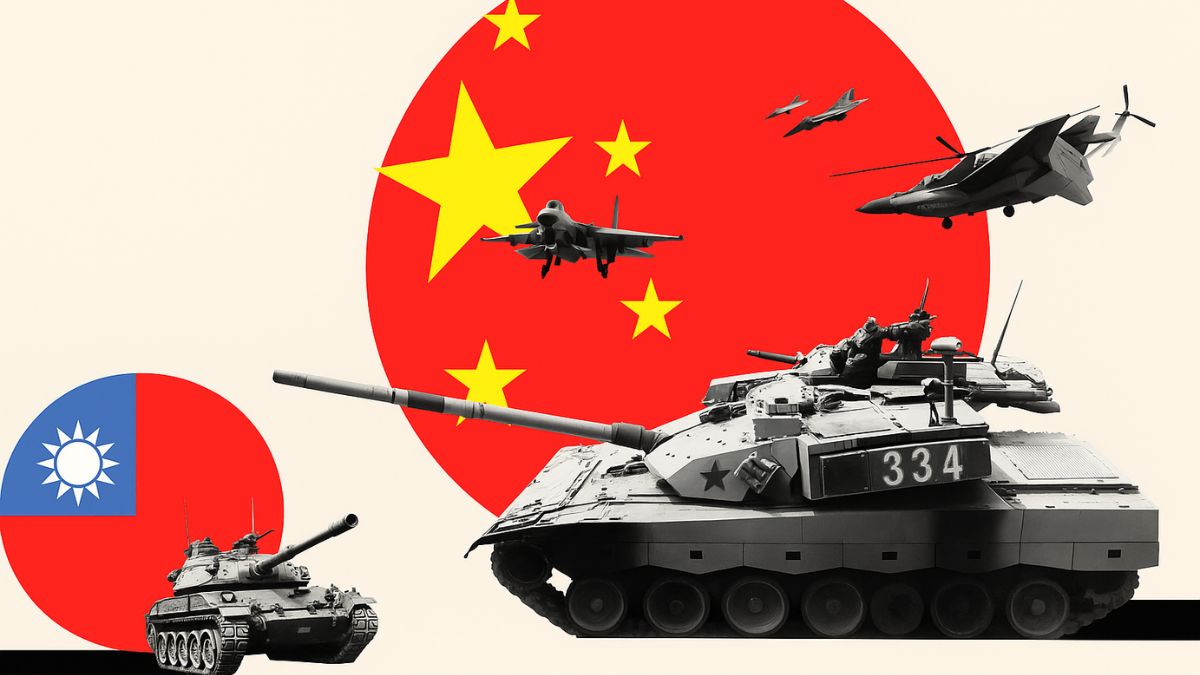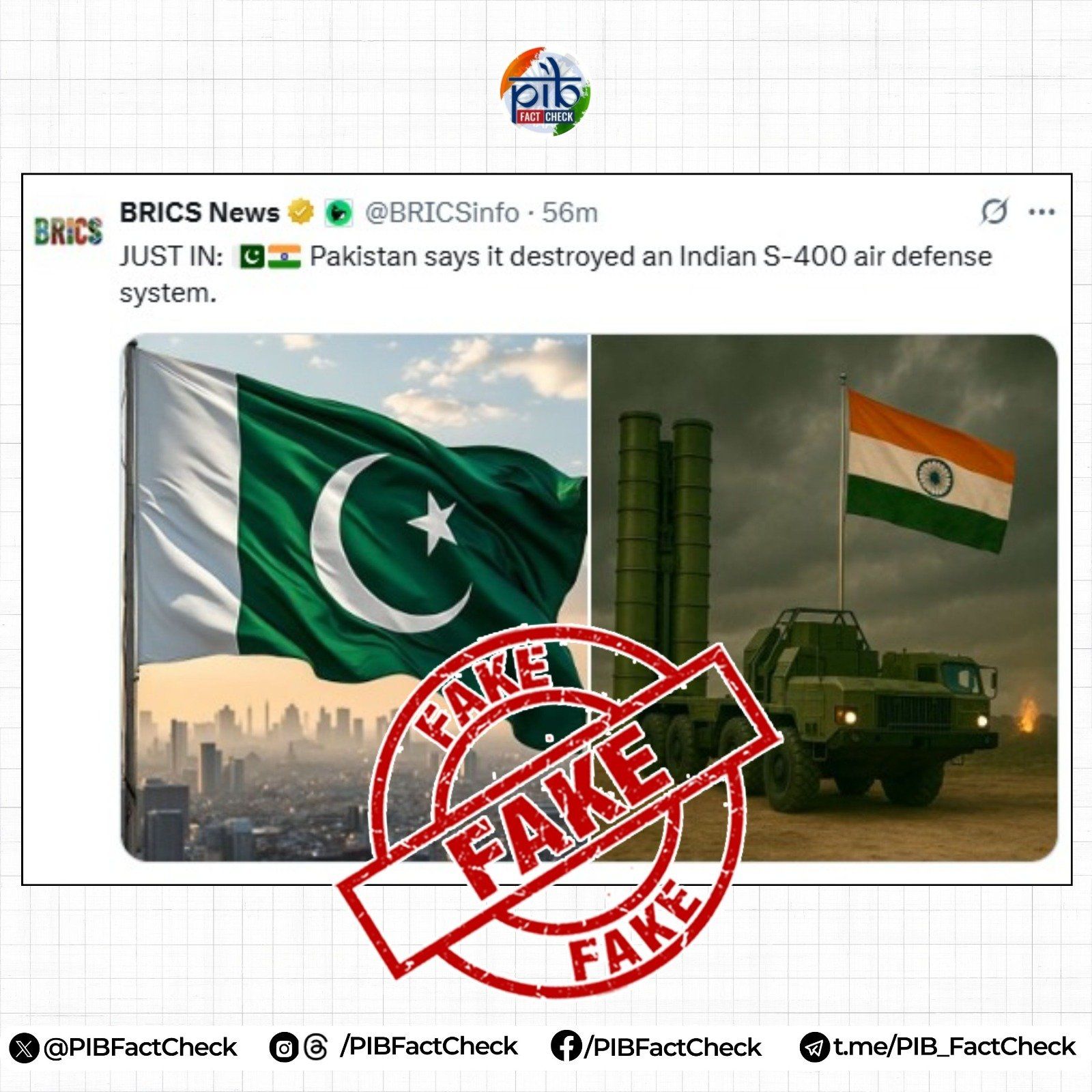IAF Chief Stresses Preparedness At Eastern Air Command Meet As Debate On Theatre Commands Heats Up

IAF Chief A P Singh at the Eastern Air Command meet in Shillong highlights preparedness, jointness, and India’s ongoing debate on theatre command reforms. Image courtesy: Indian Air Force
India’s top military leadership is in the spotlight this week with two parallel developments: the Air Force chief’s focus on operational readiness in the eastern sector, and renewed debate over the country’s proposed tri-services theatre command structure.
Air Chief Marshal A P Singh, on August 29, underscored the critical role of the Eastern Air Command (EAC) in securing India’s northern and eastern frontiers. Speaking at the EAC Commanders’ Conference in Shillong, he highlighted the need for vigilance and preparedness in the face of evolving security threats.
“The Eastern Air Command is pivotal in securing our northern and eastern borders. We must remain vigilant and maintain the highest levels of preparedness to respond to any situation,” he told senior commanders. The annual conference, held from August 27 to 30, was attended by the Chief of Air Staff on August 28 and 29.
Emphasising synergy among the armed forces, Singh noted, “Future threats demand seamless coordination and jointness with sister services to ensure effective operations across the region.”
However, Singh’s recent caution over India’s theaterisation plan has set off a wider debate within the military.
At the two-day Ran Samwad conclave at the Army War College, Madhya Pradesh, the Air Force chief advised against rushing the rollout of tri-service theatre commands, suggesting instead the establishment of a joint planning and coordination centre in Delhi under the Chiefs of Staff Committee. “We can start with this first, implement it, and see how it pans out,” he had said.
Navy Chief Admiral Dinesh Tripathi, by contrast, voiced strong support for theaterisation, declaring the Navy’s readiness to integrate command, control, communications, and combat capabilities with the Army and Air Force. “With theaterisation as the ultimate goal, we are propelling ahead with unified planning, a common picture and integrated operations,” Tripathi stressed.
Chief of Defence Staff (CDS) General Anil Chauhan sought to bridge the apparent divergence, describing the discussion as a healthy sign. “There could be a difference among the three services, but we can listen to that point,” he said, noting that all decisions would ultimately be taken in the nation’s best interest.
The government first announced plans for theatre commands in 2019 to improve jointness and combat readiness by pooling resources under unified commands. While the concept is considered one of the most significant military reforms since independence, progress has been slow due to differing service perspectives.
As the debate continues, the twin focus on operational preparedness in India’s eastern sector and the pursuit of structural reforms underscores the balancing act facing the armed forces: addressing immediate security challenges while shaping long-term transformation.







